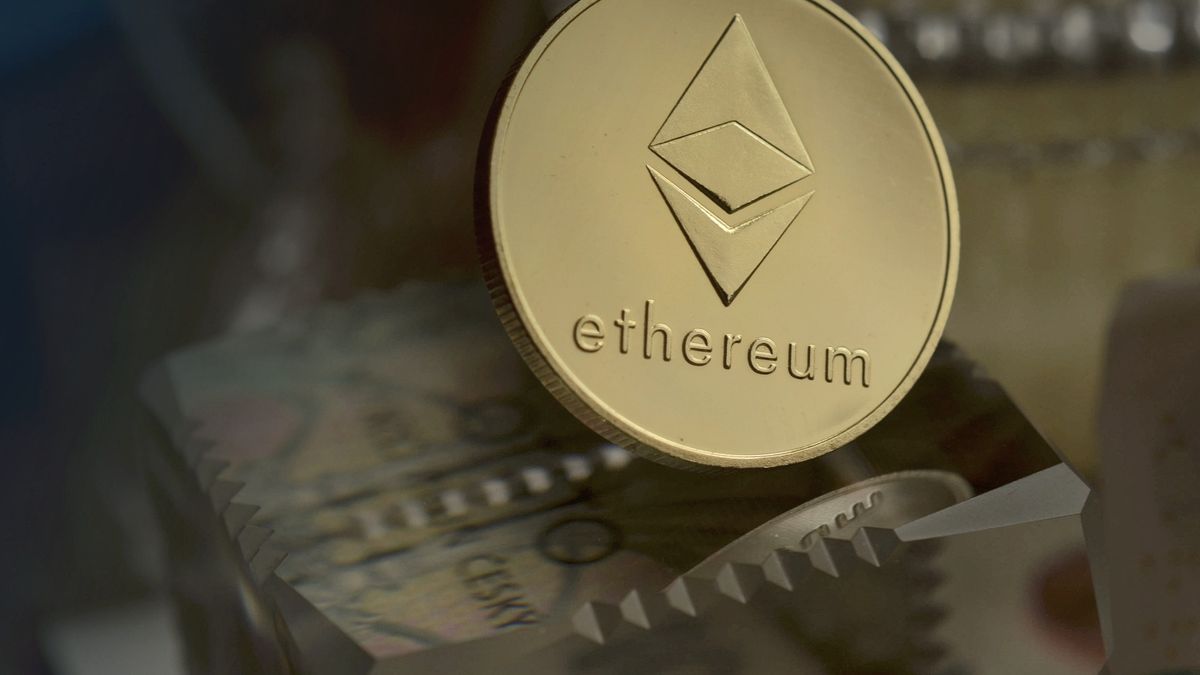In the abstract of the research, the authors propose: “Recent innovations in the Ethereum Blockchain network have shown that it is possible that cryptocurrencies go deflationary, specifically through the destruction of transaction fees. With up to half of the network blocks destroying more Ethereum than is created, the notion that Bitcoin offers the best inflation coverage among cryptocurrencies is increasingly under threat. “
In that sense, here the study refers to the implementation of EIP-1559 a few months ago, which introduced a commission burn system precisely to limit the amount of ETH that goes to the market, although this at the time was lent to strong debate because it deteriorated the conditions of the mining community.
According to data published by the Watchtheburn.com website, Since the EIP-1559 became effective, a total of 1,090,879 ETH has been burned and on the other hand, a global total equivalent to 1,599,199 ETH has been produced. By doing a basic subtraction, this results in a positive balance equivalent to 508,320 ETH (Circulating Ether) which corresponds to 30% of the ETH originally generated.
“The most important thing to note about this is that the burning of ETH has already exceeded on several occasions the amount of Ether that is generated, thus yielding negative balances that gradually limit the global total of Ethereum in circulation. that there are fewer and fewer units, technically should increase the value of the digital currency amid the growing demand in the market, “says the study.
Among the most important operational changes is the migration of Proof of Work (PoW) a Proof of Stake (PoS). This implies that the network will require a lower consumption of electrical energy and the participants will be able to help in the processing of the blocks through a system of guarantee funds (Staking) and thus derive passive profits.
This will generate greater scalability for the network, which implies a greater volume of operations in short periods of time, as well as a significant reduction in commissions for operations natively.
On the other hand, second layer solutions (Layer 2) and Rollups, which would help to further streamline the flow of operations in the main network. In addition to this, recently Ethereum’s lead developer and co-founder Vitalik Buterin introduced a new proposal to solve the problems associated with high operating costs, better known as the EIP-4488, which would also implement an increase in the size of the network blocks.
Source From: Ambito
David William is a talented author who has made a name for himself in the world of writing. He is a professional author who writes on a wide range of topics, from general interest to opinion news. David is currently working as a writer at 24 hours worlds where he brings his unique perspective and in-depth research to his articles, making them both informative and engaging.




